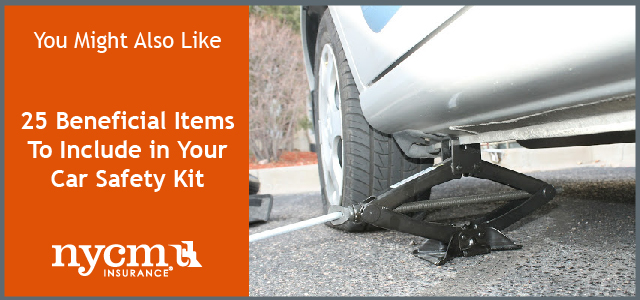How to Safely Jump Start A Dead Battery
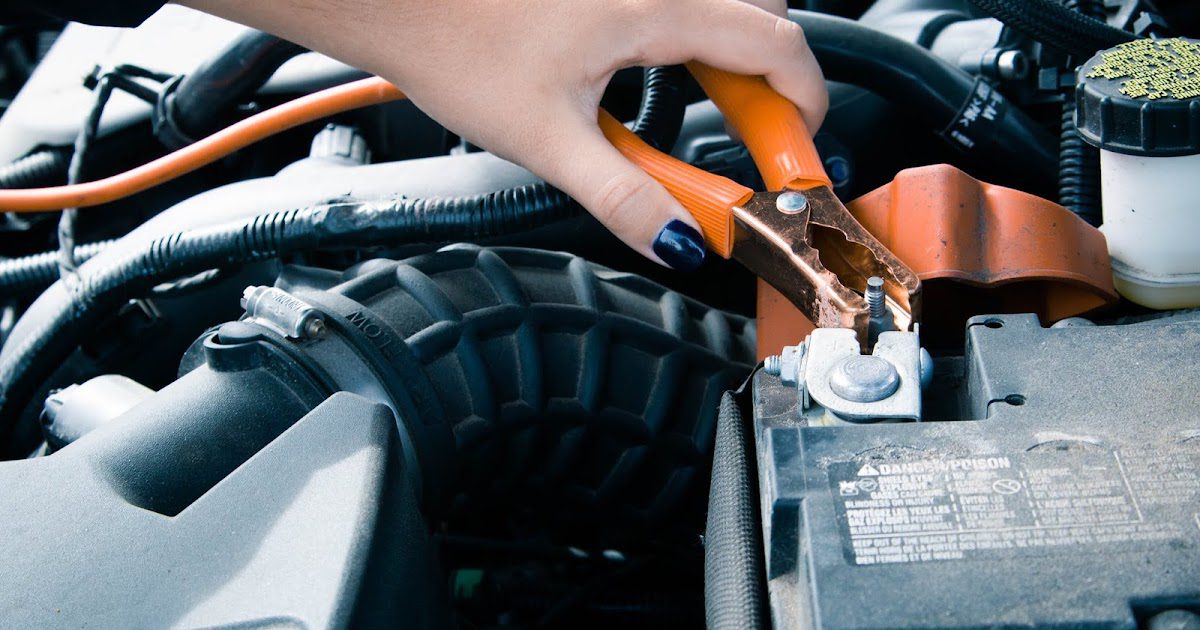
You jump in your car, ready for your morning commute and upon
turning the key to start the ignition—nothing happens. Another attempt—nothing. It looks like you’ve
got a dead battery to deal with. Whether you’re a new
driver or have many years of experience under your belt, a dead battery
is inconvenient.
For many, a dead car battery may have you reaching for the
phone to call to your roadside
assistance company. It’s important to know that this situation can be
dealt with fairly easily, all while saving you time and money. With a set of
jumper cables and another running vehicle, you could potentially be back on the
road in minutes. Continue reading for step-by-step instructions on how to safely
use jumper cables should this ever happen to you.
Step
1: The Set Up

The first step is to make sure
that the vehicle with a dead battery, and the
vehicle you will be using to jumpstart it with, are facing each other. It’s also important to make sure that for vehicles
with a manual transmission, you set the vehicle to neutral. For automatic,
you’ll want to set the vehicle to park.
Lastly, be sure to turn both vehicles off and set the parking brakes.
Step
2: Attaching the Cables
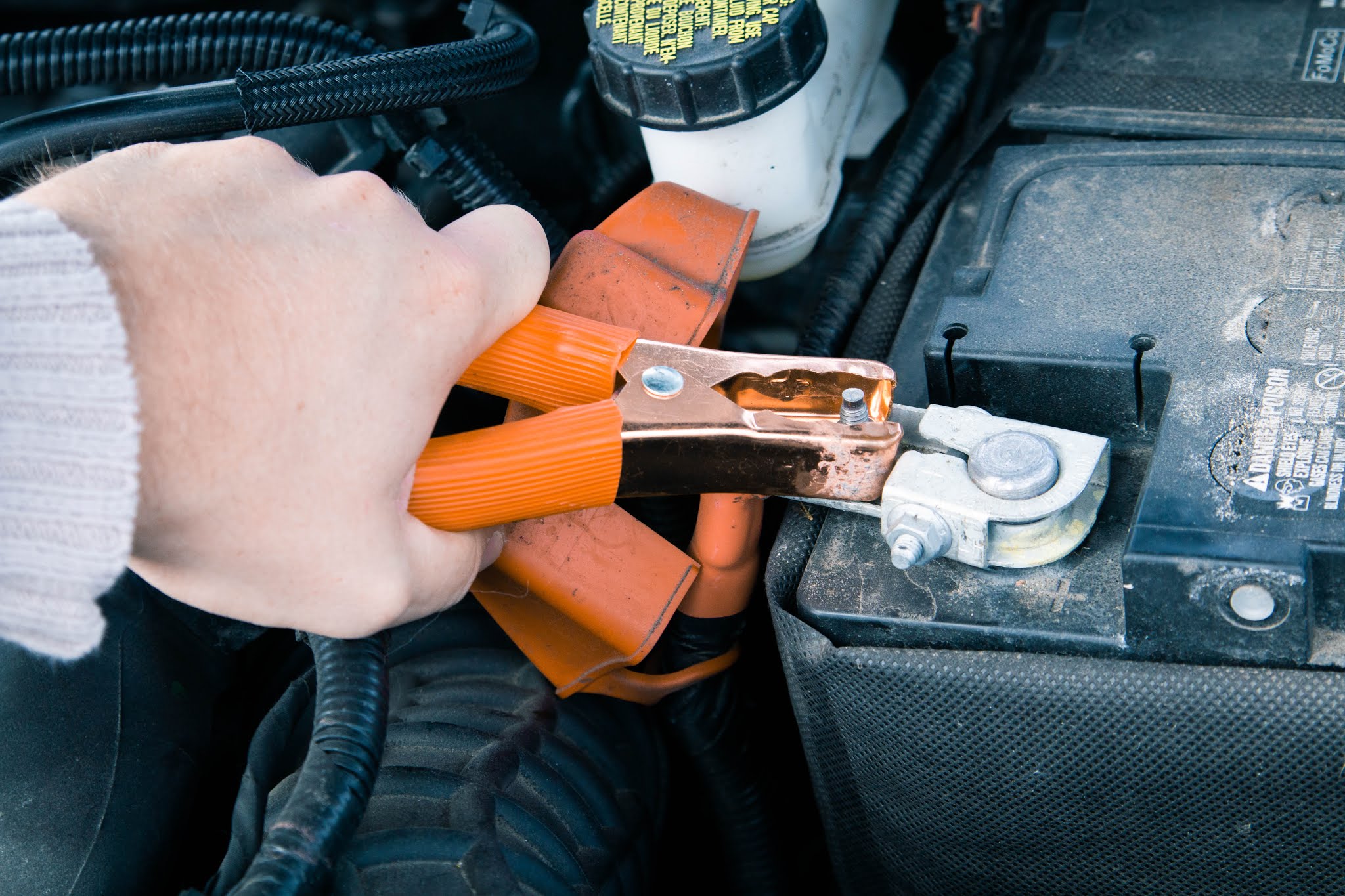
When handling jumper cables,
remember that their function is to transfer an electrical current from one
vehicle to another. Once one end is connected to a car’s battery, you should
never touch anything with the other end besides the proper target. It’s recommended
to wear safety
glasses to protect your eyes from flying
sparks. Attaching the cables may
seem scary at first but with a little bit of knowledge, it can become
surprisingly simple. Here’s what you need to know:
Once you’ve
opened the hood of each vehicle, you need to locate the battery boxes. The locations
can differ based on the make and model of the vehicle, so it’s best to refer to
your manual.Always
make sure you can locate a positive and negative terminal on the battery
itself. This is typically seen as a “+” and “-“ or red and black colors.Be sure
to attach one red cable to the positive terminal on the dead battery. Then,
attach the other red cable to the positive terminal on the functioning
vehicle’s battery.Once the
red cables are attached, you can move on to the black cables. Place one black
cable on the to the negative terminal on the functioning vehicle’s battery.Do not
connect the last black clamp to the dead battery. Instead, you will attach it
to an unpainted nut, bolt, or metal part on the vehicle.
Step
3: Letting It Charge
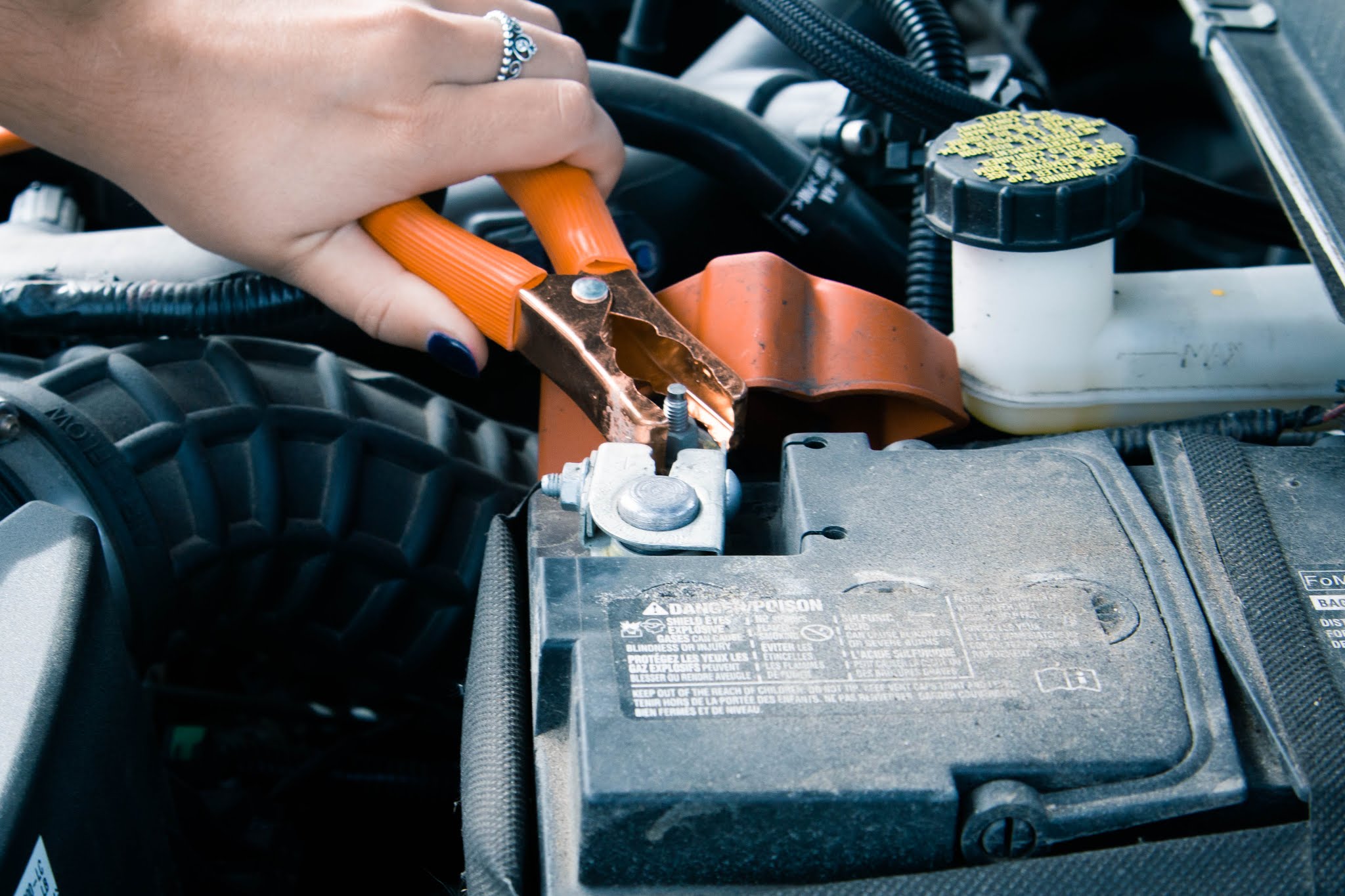
To start charging the dead
battery, you will need to start the functioning vehicle.
Be sure to let it run for anywhere from 30 seconds to a minute. Keep in mind
the age of the dead battery as it may need more than a minute or two to allow
the connection to work successfully. Older batteries
tend to take longer to charge.
Step
4: Attempting to Start the Dead Battery
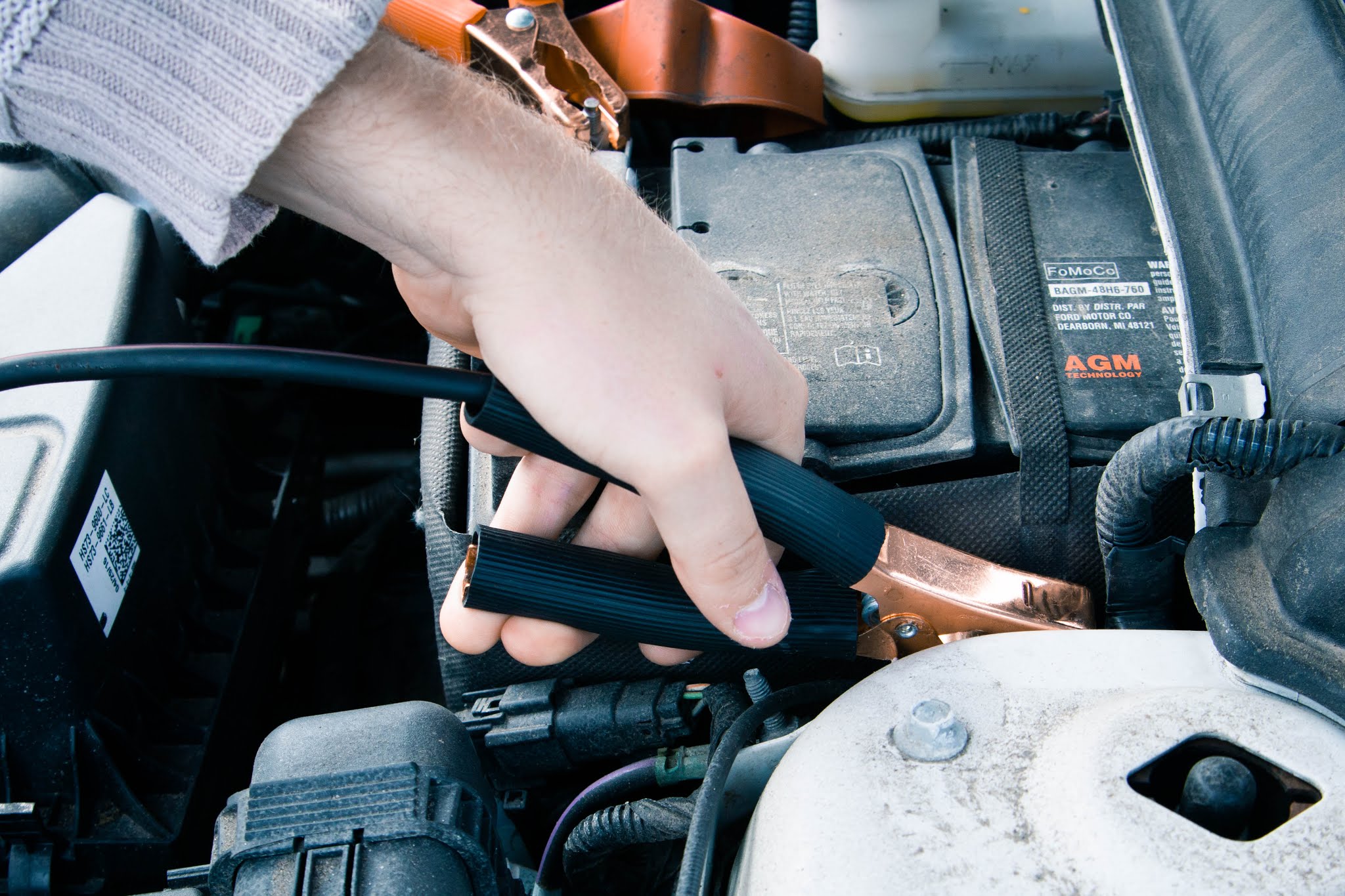
To see if the dead battery is now
charged, try starting the vehicle. If it doesn’t work right away, it may
require a few additional minutes to charge. You may also need to try lightly
revving the engine of the functioning
vehicle. If it doesn’t work, now is the time to call your roadside
assistance company, as they may need to come and assist you in person.
Step
5: Disconnecting the Cables

Once you’ve revived the dead
vehicle, you will want to turn both vehicles off and disconnect the cables in the reverse order
that they were applied. Be careful not to let the clamps meet one another,
especially if any of them are still attached to a vehicle.
Step
6: Driving to Recharge
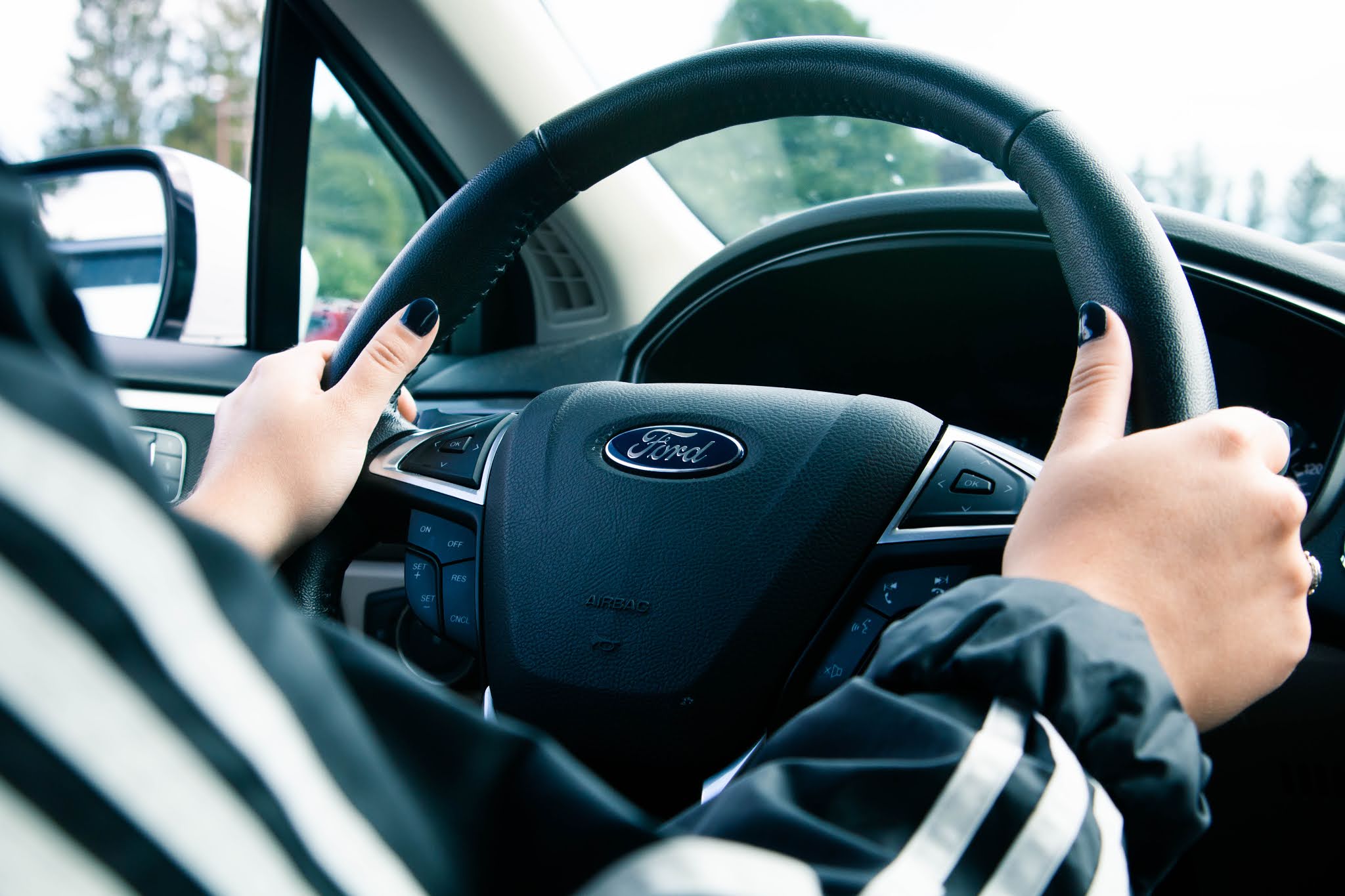
At this
point, you should be ready to take a short drive to charge your battery.
Once the car is up and running, the alternator will charge the battery and
ensure that it doesn’t die again once you turn it off.
As always, we know that safety should be a priority. Keeping a
car
safety kit can come in handy when presented with a dead battery. To
learn more about what you should keep in your car safety kit, check out the
link below!
